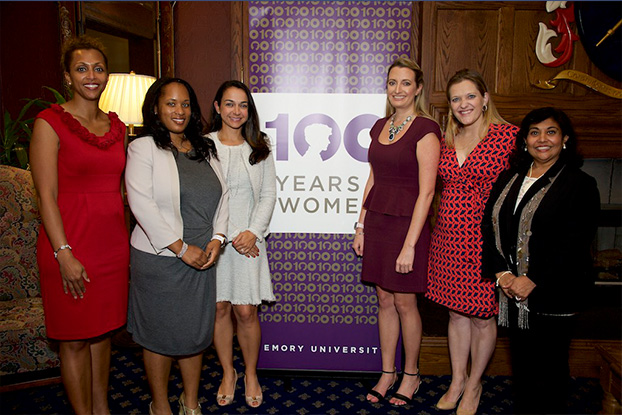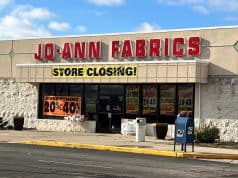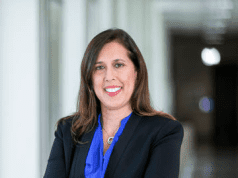
One of the biggest challenges for companies to survive in today’s market is the constant uphill battle with changing consumer behavior.
In a recent panel hosted by the Emory Alumni Association and sponsored by the Emory Alumni Consulting Group, Emory alumni gathered to discuss the shift in consumer behavior, increased automation and how companies can adapt to these changes.
“Did you know that only 12 percent of the Fortune 500 companies from 1955 are still in business?” said moderator and Associate Professor in the Practice of Marketing Reshma Shah. “And last year alone, 26 percent of them fell off that list. Our hope is that we can begin to address the trends that are impacting business and learn from our panelists what their organizations are doing as a result.”
Companies and employees have had to learn how to shift expectations, including Bahar Magnuson 09MBA, first vice president of corporate strategy and investor relations at SunTrust Bank.
“Banks right now are throwing resources at trying to keep up with technology and staff for it,” Magnuson said. “What’s happening is that branch traffic is going down significantly and banks are trying to figure out, “Okay, which branches do we leave open?” The whole financial services industry is dealing with lower branch traffic and the increased need for better technology.”
Technology is a driving force behind companies and consumers adapting to change. In fact, Nicole Franks 02MR, the chief quality officer at Emory University Hospital Midtown, said health care is constantly having to adapt to patients finding new technology to avoid appointments and wait times at doctor offices.
“You can unplug your smartphone right now and say, ‘Why am I sick?’ and there will be something to help you self-diagnose,” Franks said. “Our patients are now doing more to figure out what’s going on with them. There’s lots of change in the way that you can access health care, what information you can get before you decide to speak to a person and if you really do want a person.”
Adding and adapting to technology can certainly help a company, but sometimes that technology can end up hurting the company as well. Claudia Howard 10MBA, global manager at The Weather Company, has seen this firsthand.
“The website disrupted the channel and the numbers are very down because the numbers started going to the web,” Howard said. “And everybody got a phone, and the app disrupted the website. There’s a lot of cannibalization going on with our own business by the different products. There’s a huge learning curve that I think internally we saw happen with the evolution of platforms.”
One item thrown around quite a bit in companies is the term “Big Data.” 10MBA Kate Carpenter, senior brand manager for Coca-Cola Trademark, said the amount of data companies have access to is unprecedented.
“With power comes great responsibility from a legal standpoint,” Carpenter said. “We’re collecting so much of what we call ‘personal identify information,’ and there are such strict laws about controlling that because people want their sense of privacy. How we provide our consumer with an amazing experience requires their data.”
As far as collecting data, several companies are tapping into automated learning. Erin Shepherd 17MBA, senior manager at consulting group iris Concise, said it’s more important to collect useful data so companies can make mundane tasks more convenient for customers and build better experiences.
“What we’ll do, depending on the client if they have collected the data, is set up and organize the data and what it will be used for,” Shepherd said. “We won’t get the personal identifying information. We’ll get it anonymized and then we will take that and develop those insights to ultimately create those experiences.”
Changing technology can create changing environments for companies. Workforces turn over and reorganizations might happen more frequently.
“People in the workforce, in general, realize that the days of putting in your 40 years at a company and collecting your gold watch are gone,” Carpenter said. “I think the reorganizations have made a lot of the workforce a little bit uneasy, but I think the younger workforce is feeling very empowered. It’s finding people with the right skills who want to be here and want to do that job.”











